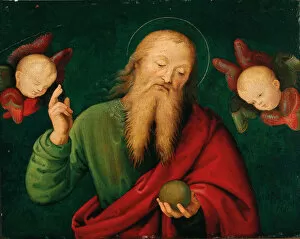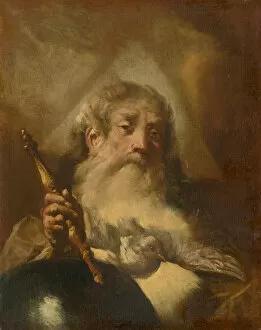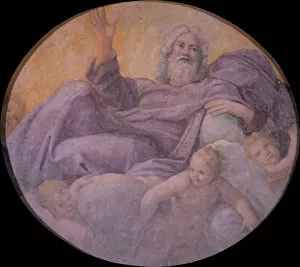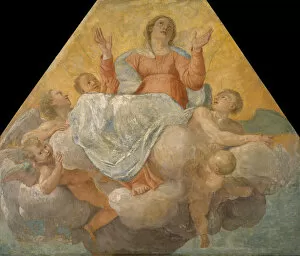Herrera Chapel Collection
The Herrera Chapel is a breathtaking masterpiece of religious art
All Professionally Made to Order for Quick Shipping
The Herrera Chapel is a breathtaking masterpiece of religious art, housing an array of stunning works that transport visitors to a realm of divine beauty and spirituality. As you step into this sacred space, your eyes are immediately drawn to the ethereal depiction of God the Father with angels by Giannicola di Paolo. Created around 1510, it captures the majesty and power of the Almighty in a truly awe-inspiring manner. Moving through time, we encounter Gian Battista Piazzetta's "The Everlasting Father" from 1750. This captivating piece portrays God as a loving father figure, radiating warmth and compassion towards his creation. One cannot help but be captivated by "The Assumption and Coronation of the Virgin, " created between 1526-1527. The artist skillfully depicts Mary's ascent into heaven, surrounded by celestial beings who crown her as Queen, and is an image that fills one's heart with hope and wonder. In contrast, "The Death of the Virgin" transports us to a moment filled with sorrow and grief. Painted around 1490-1510, this poignant artwork invites contemplation on mortality and reminds us of our own fleeting existence. Peter the Apostle takes center stage in another remarkable work within the chapel - painted in 1632 - showcasing his unwavering faith and dedication to spreading Christ's teachings. Pieter Paul Rubens' "The Assumption of the Virgin" exudes dynamism and energy as Mary ascends towards heaven amidst swirling clouds, and is an explosion of color that leaves viewers breathless. Annibale Carracci's masterpieces adorn several walls within this hallowed space: "Miracle of Roses, " depicting Saint Rose healing those in need; "Apparition of Saint Didacus above his sepulcher, " capturing a heavenly vision; "Healing the blind at birth, " revealing Christ's miraculous powers; "Assumption of the Virgin, " showcasing Mary's glorious ascent.















